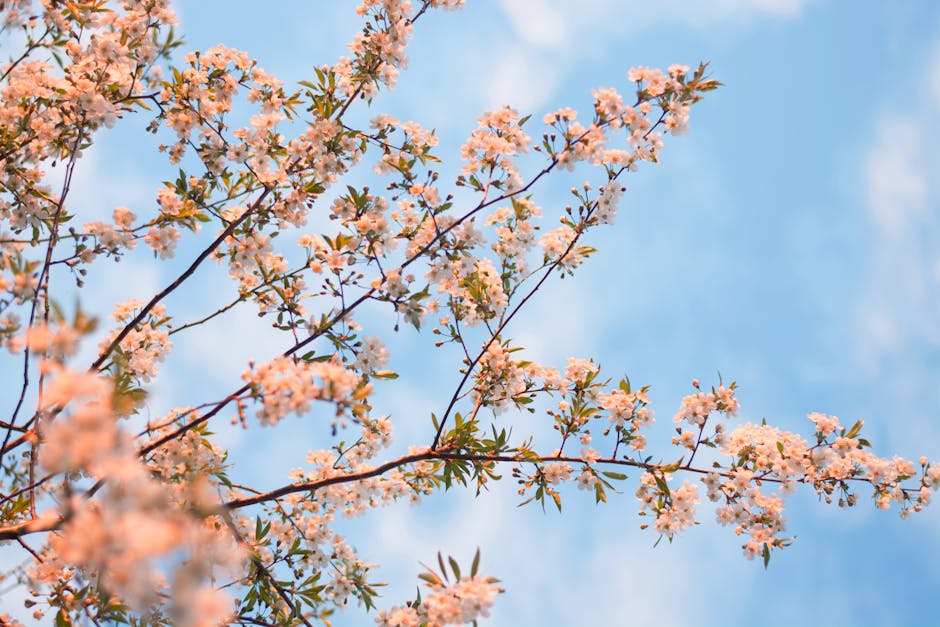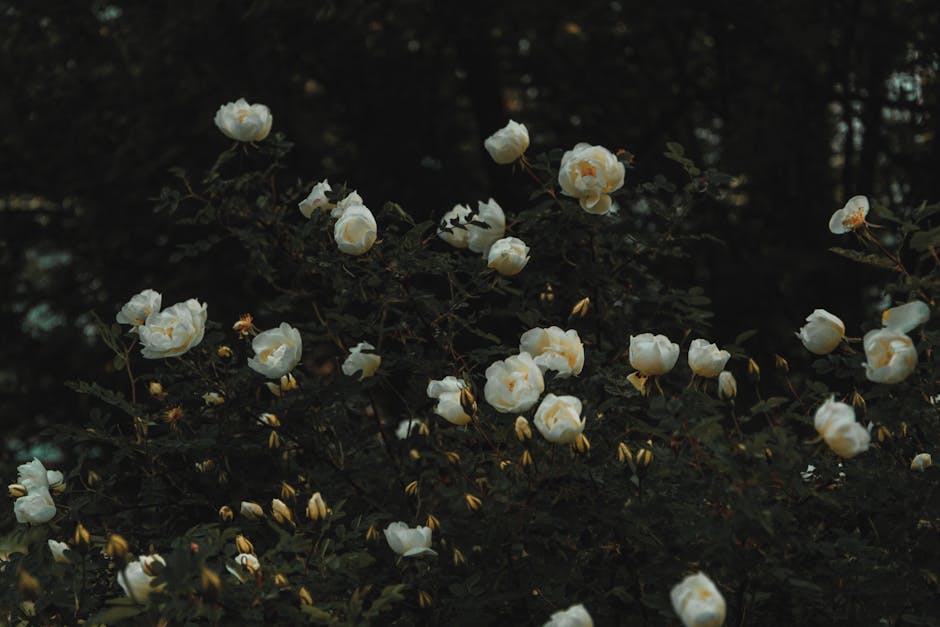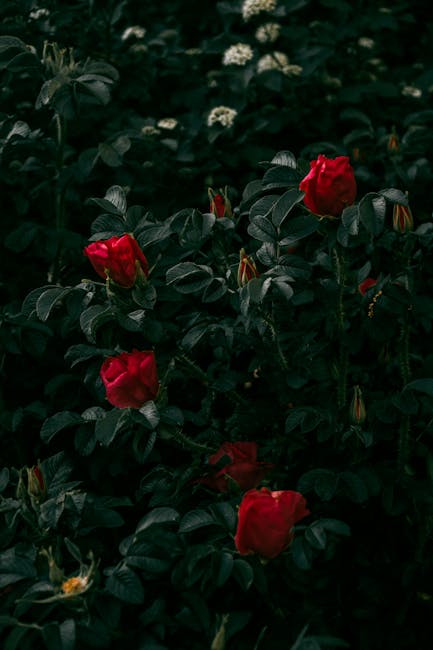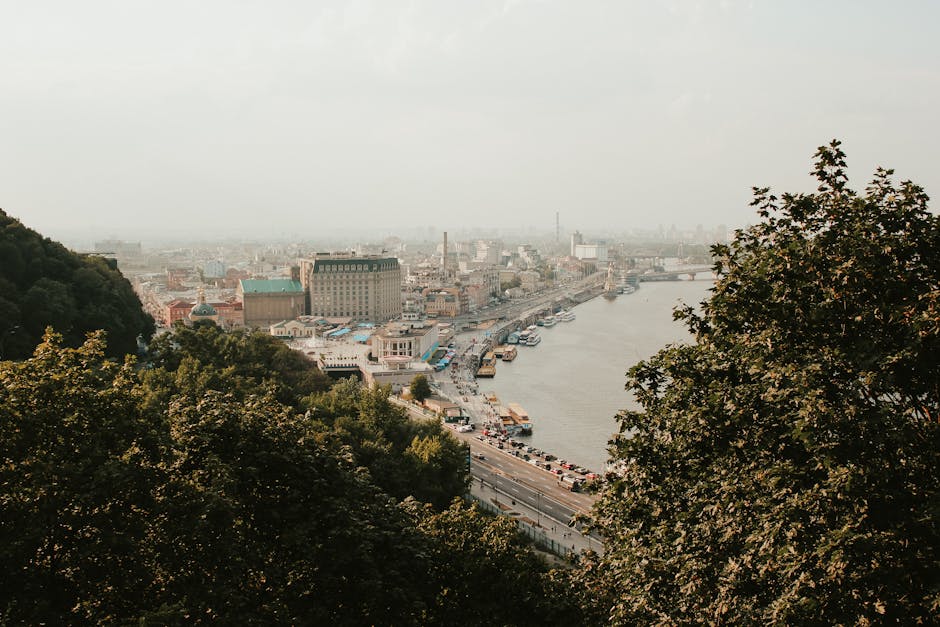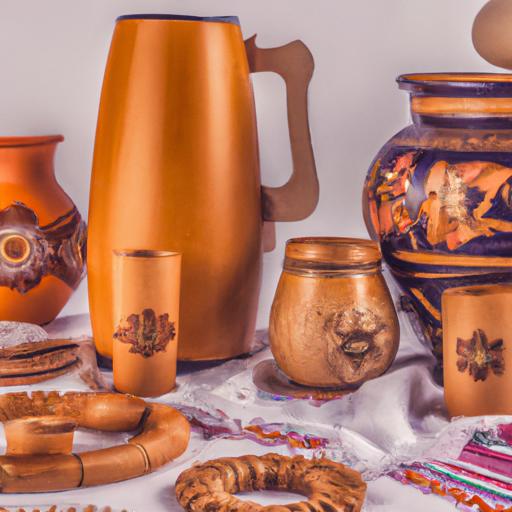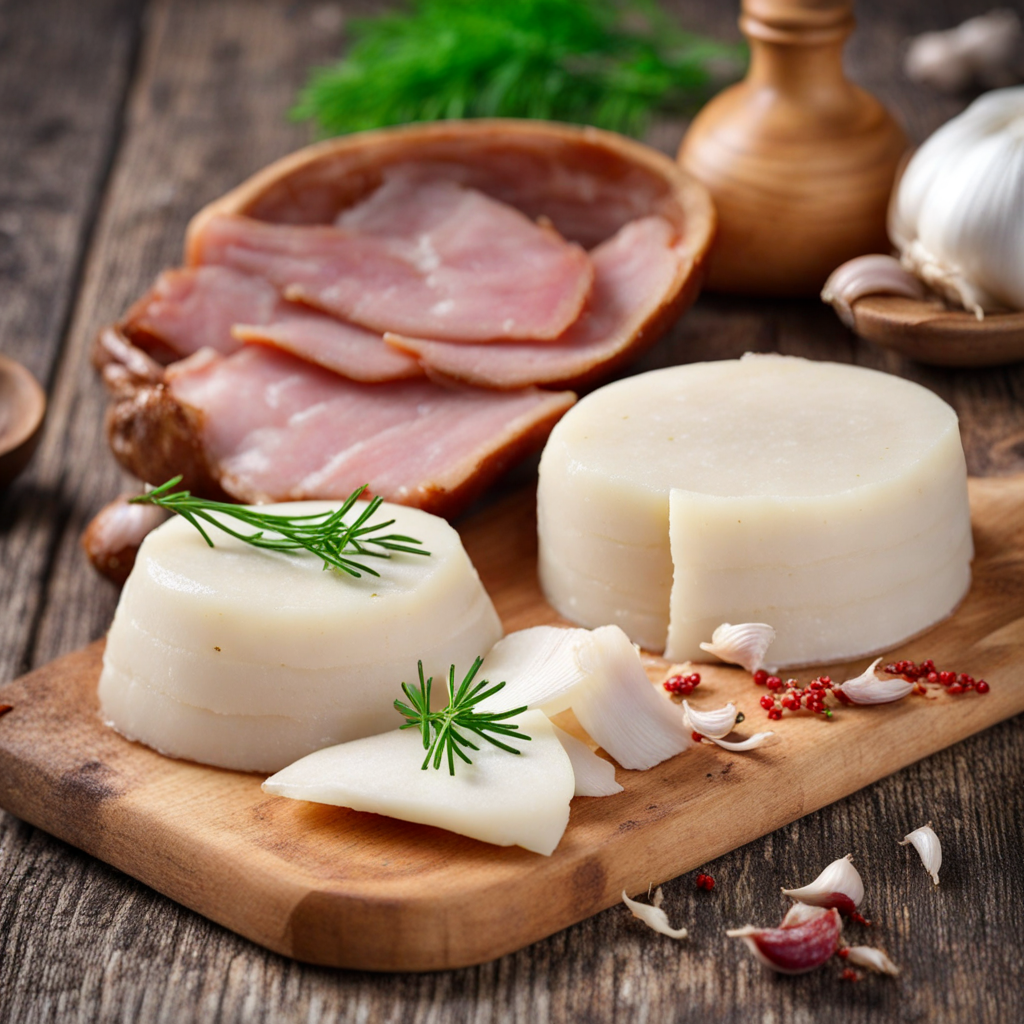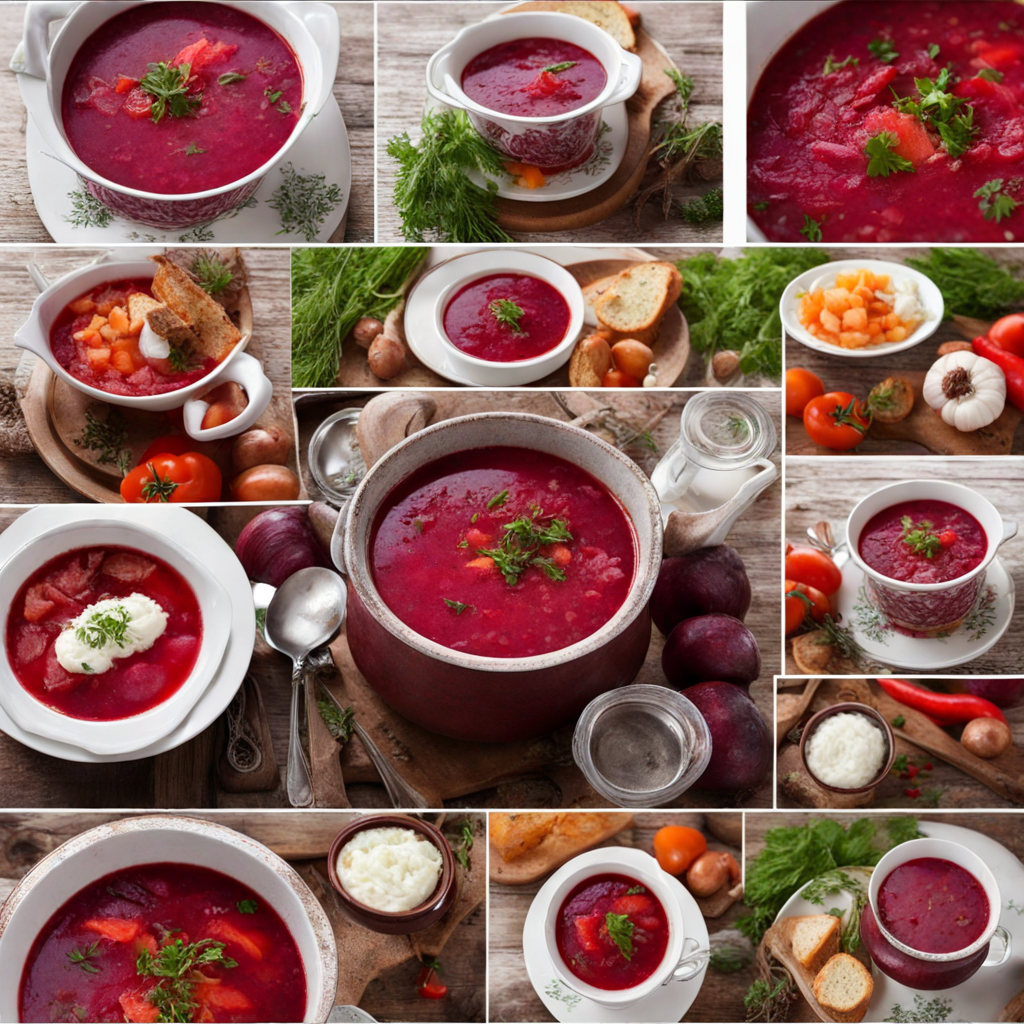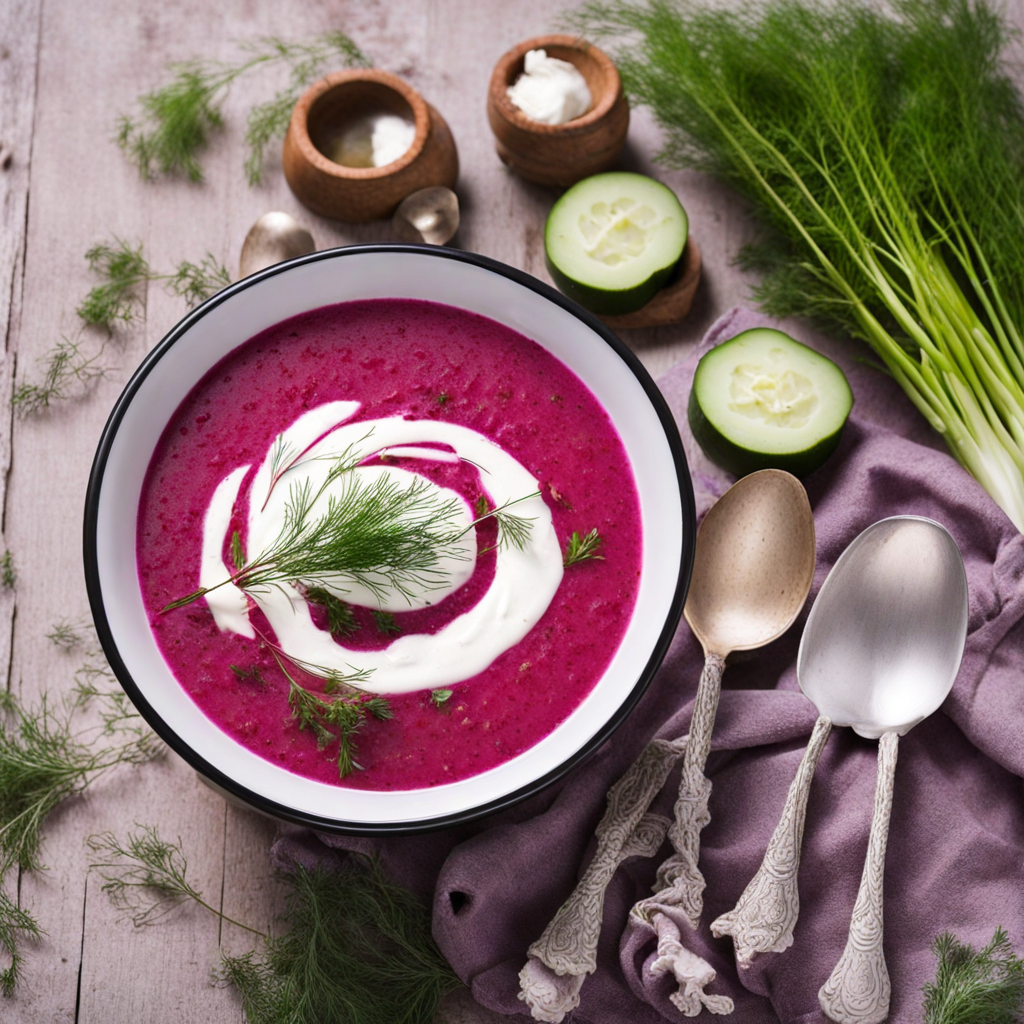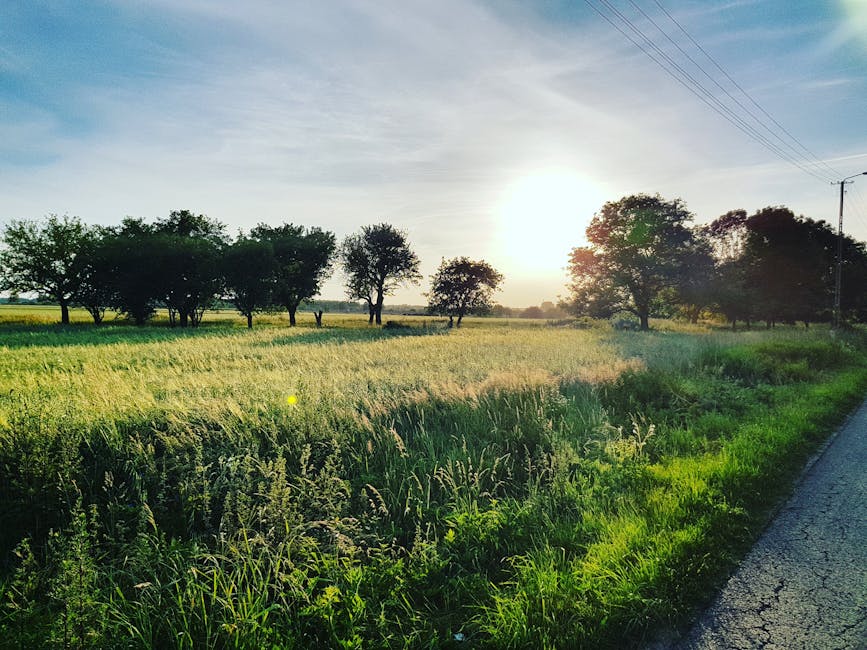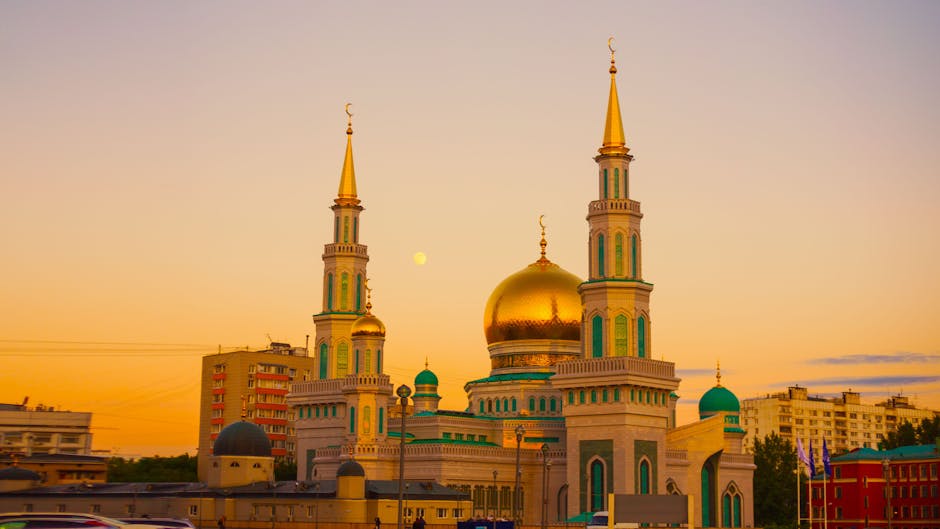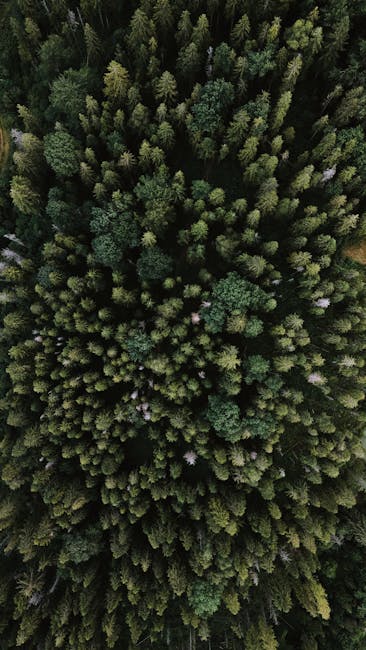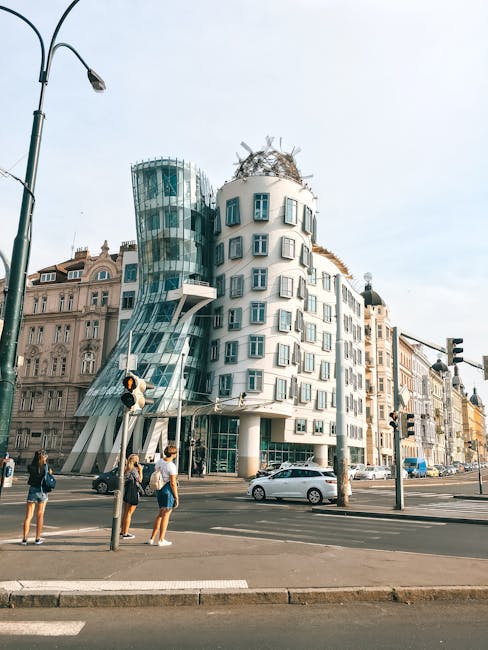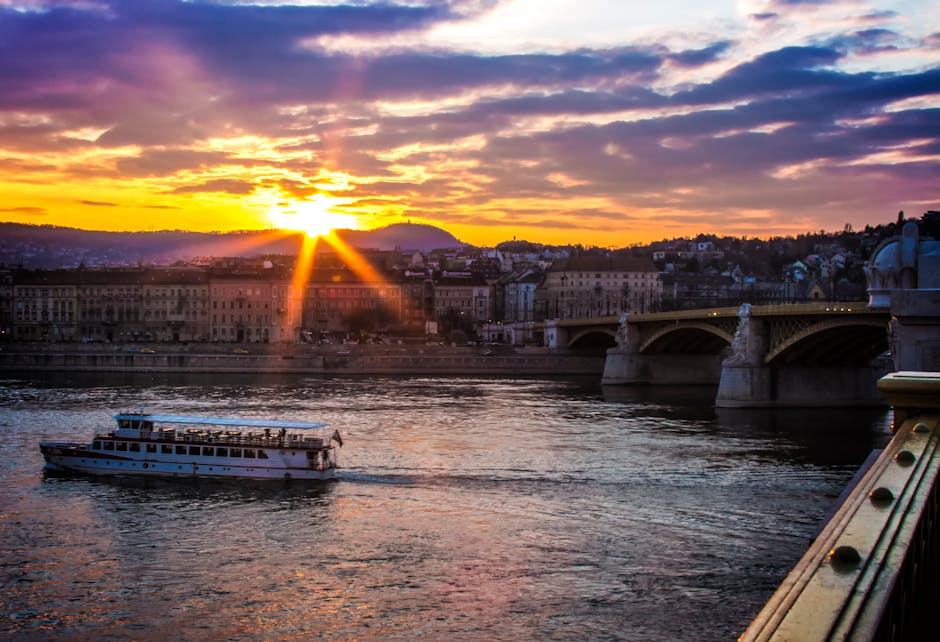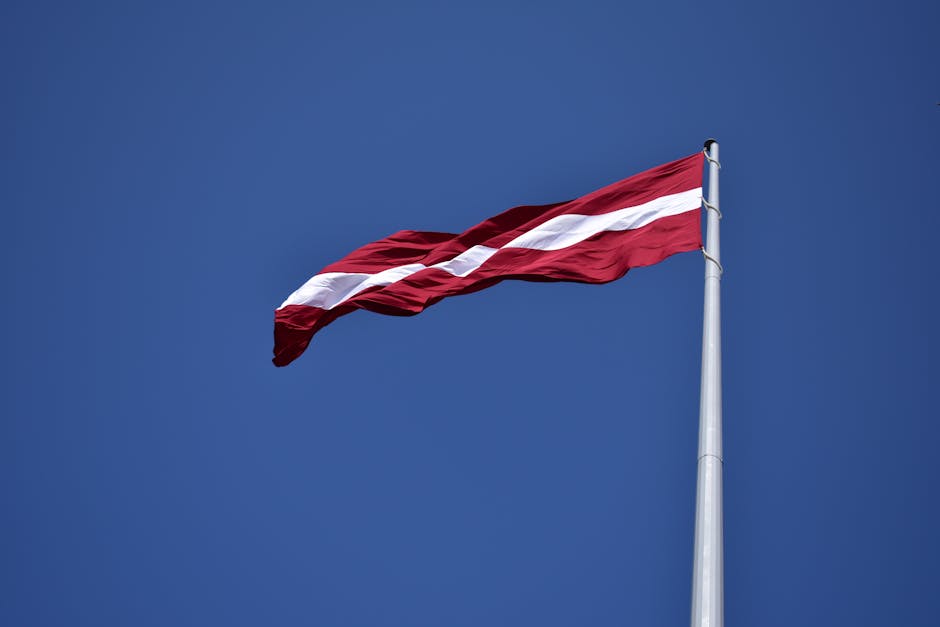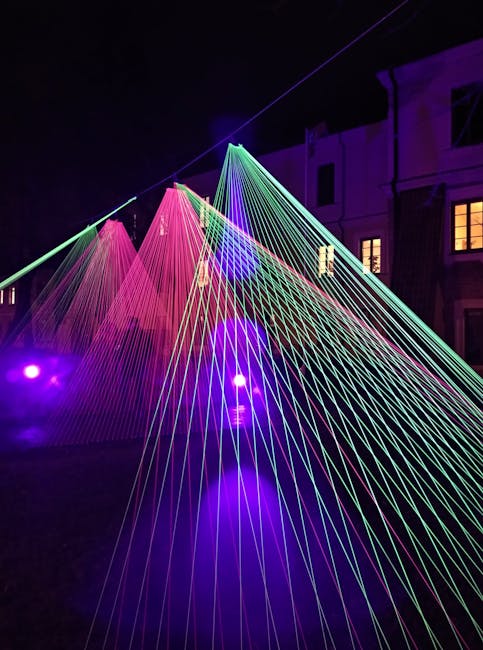Belarus
Overview
Belarus, located in the heart of Europe, is a landlocked country known for its rich history, diverse culture, and stunning natural beauty. A unique blend of Slavic traditions, Soviet-era heritage, and a growing modern influence make it a fascinating place to explore. Belarusian and Russian are the two official languages, with Belarusian being the most commonly spoken. The country's distinctive culture is steeped in folk traditions, with music, dance, and art playing a significant role. The capital city, Minsk, known for its grandeur architecture and vibrant nightlife, reflects the country's historical evolution and contemporary spirit. Belarus also boasts numerous castles, churches, and museums, offering a glimpse into its intriguing past.
The high season for tourism in Belarus is during the summer months, from June to August, when the weather is warm and pleasant, with temperatures ranging from 20°C to 25°C. This period is ideal for outdoor activities such as hiking, biking, and boating in Belarus's beautiful national parks, including the Belavezhskaya Pushcha National Park, home to the European bison. The "Slavianski Bazaar" in Vitebsk, an international art festival held in July, is a major attraction, featuring music, dance, and theatre performances. Winter, though cold, offers opportunities for cross-country skiing and ice fishing.
Before traveling to Belarus, teenagers should ensure they have a valid passport and a visa, unless they come from one of the visa-exempt countries. It's also advisable to check any travel advisories issued by their home country. Health insurance is mandatory for all visitors to Belarus, so make sure to arrange this before your trip. Understanding some basic phrases in Belarusian or Russian can be beneficial, as not everyone may speak English. Also, take note that the local currency is the Belarusian ruble, and while credit cards are widely accepted in cities, cash is often preferred in smaller towns and rural areas. Lastly, Belarus uses the Eastern European Time (EET) zone, which is important to consider when planning your travel itinerary.
A Glimpse into the Past
Belarus, often overshadowed by its larger neighbors, boasts a rich tapestry of history, culture, and natural beauty that invites exploration. Nestled in the heart of Europe, this landlocked country is a treasure trove for travelers interested in history, architecture, and the resilience of its people.
Early History and Formation
The roots of Belarusian history can be traced back to the early Slavic tribes that settled in the area around the 6th century. By the 9th century, the region was part of the evolving Kievan Rus, a federation of Slavic tribes that laid the foundations for modern-day Ukraine, Russia, and Belarus. The influence of Kievan Rus is significant, as it established the cultural and political frameworks that would shape the region for centuries to come.
In the late 12th century, after the fragmentation of Kievan Rus, Belarus fell under the control of various principalities. The most notable was the Principality of Polotsk, which became a center of trade and culture. The construction of the Saint Sophia Cathedral in Polotsk, one of the oldest churches in Belarus, is a testament to the region’s architectural heritage.
In the 14th century, the Grand Duchy of Lithuania emerged, incorporating Belarusian lands and becoming a significant power in Eastern Europe. This period marked a flourishing of Belarusian culture, as the region became a melting pot of various ethnicities and religions.
The Polish-Lithuanian Commonwealth
By the late 16th century, the Grand Duchy of Lithuania entered into a union with the Kingdom of Poland, forming the Polish-Lithuanian Commonwealth. This era saw the spread of the Renaissance and Baroque styles in architecture. The magnificent Radziwill Castle in Nesvizh, a UNESCO World Heritage site, exemplifies the splendor of this period with its stunning architecture and landscaped gardens.
However, the Commonwealth's influence began to wane in the 18th century, leading to partitions that saw Belarus divided between Russia, Prussia, and Austria. The late 18th century was a tumultuous time, with the region experiencing a clash of cultures and the rise of national consciousness among the Belarusian people.
The Russian Empire
With the third partition of Poland in 1795, Belarus became predominantly part of the Russian Empire. During the 19th century, the region experienced significant socio-economic changes, including the abolition of serfdom in 1861. The industrial revolution began to reshape the urban landscape, especially in cities like Minsk, which became a hub for commerce and culture.
However, the Russian Empire's rule was not without strife. The 1905 Revolution saw protests and uprisings, and World War I devastated the region, leading to further political upheaval. The chaos of war and revolution opened the door for national movements advocating for Belarusian independence.
Interwar Period and World War II
After World War I, Belarus briefly enjoyed a period of independence with the establishment of the Belarusian People's Republic in 1918. However, this was short-lived, as the Bolshevik Revolution led to the establishment of Soviet control. In 1922, Belarus became one of the founding republics of the Soviet Union.
The interwar period was marked by significant cultural developments, including the establishment of the Belarusian National Arts Theater and the promotion of Belarusian language and literature. Yet, this progress was overshadowed by the repressions of the Stalinist regime in the 1930s, which targeted intellectuals and nationalists.
World War II brought devastation, with Belarus suffering immense losses. The region became a battleground, and cities like Minsk were left in ruins. The Holocaust also claimed the lives of a significant portion of the Jewish population, a tragedy memorialized in sites like the Yama Memorial in Minsk.
Post-War Reconstruction and Independence
After the war, Belarus was rebuilt, and the Soviet government invested heavily in its industrialization. By the 1970s, it had become an important industrial hub within the Soviet Union. However, the political climate remained repressive, with little room for dissent.
The collapse of the Soviet Union in 1991 was a pivotal moment for Belarus. The country declared independence, and the first president, Alexander Lukashenko, assumed power in 1994. His long-standing rule has been characterized by authoritarianism, with crackdowns on opposition and media freedoms.
Despite the political challenges, Belarus is home to a vibrant cultural scene that reflects its complex history. The Belarusian National Arts Museum in Minsk showcases the nation’s artistic heritage, while festivals like the Slavianski Bazaar celebrate Belarusian music and culture.
Natural Beauty and Cultural Heritage
Beyond its historical and political significance, Belarus is endowed with stunning natural landscapes and cultural landmarks. The Belovezhskaya Pushcha National Park, a UNESCO World Heritage site, is one of the last and largest remaining parts of the primeval forest that once covered much of Europe. Home to the European bison, this park offers a glimpse into the region's natural history.
The historic town of Brest is famous for its Hero-Fortress, which played a crucial role during World War II. The fortification stands as a symbol of resistance and is an important site for commemorating the sacrifices made during the war.
The charming city of Grodno features a blend of architectural styles, including Gothic, Baroque, and Renaissance influences. The Old Castle and New Castle are must-visit sites, providing insight into the region's royal past.
Modern Belarus
Today, Belarus remains a unique blend of East and West. While it retains a distinct cultural identity, the influence of its Soviet past is still palpable. Travelers can experience this duality through its architecture, cuisine, and traditions.
In cities like Minsk, modern cafes and vibrant street art coexist with Soviet-era monuments and architecture. The Victory Square and Independence Avenue showcase the capital's history while serving as hubs for contemporary life.
Belarus also prides itself on its traditions, from folk music and dance to culinary delights like draniki (potato pancakes) and kolduny (stuffed dumplings). Engaging with local customs and cuisine offers a deeper understanding of this fascinating country.
In conclusion, Belarus is a land of contrasts, where history is woven into the fabric of everyday life. Its rich heritage, resilient spirit, and stunning landscapes make it an inviting destination for travelers seeking to uncover the stories and experiences that define this remarkable country.
Top cities for tourists in Belarus
Discover the Famous Cities That Might Captivate Your Interests
Must-Try Foods You Can't Afford to Miss
Indulge in a Variety of Fantastic Foods During Your Stay in Belarus
May Be Your Next Destinations
People often choose these countries as their next destination


